Kaffir lime's leaves are oblong-shaped, glossy, dark green leaves that develop in pairs on citrus (Rutaceae) plants. The leaves, along with the fruit, are bursting with citrus flavour, lending Malay, Thai, and Indonesian cuisines their distinctive lemon fragrance and flavour.
Table of Contents
What is kaffir lime?
Citrus hystrix, also known as kaffir lime, is a tropical fruit native to various regions of Asia, including Thailand, Indonesia, and the Philippines. Kaffir lime is highly esteemed in herbal medicine due to its potential substantial amount of beneficial natural substances that may favourably affect the body's systems, in addition to its culinary applications due to its distinctively tart and pleasant flavour. The oil, foliage, fruit, and peel of kaffir limes can be used for a variety of purposes. The leaves of kaffir limes are frequently used in Thai cuisine, especially in soups and sauces like the famous Tom Yum soup. However, the leaves as well as the rind are so potent that they frequently overpower the dish's flavour.
Kaffir lime tree:
The trees of kaffir lime is a thorny, tropical Southeast Asian shrub that can reach heights of 3-5 metres. Through exporters and trade routes, the cultivation of it has spread to neighbouring areas.
Kaffir lime leaves:
The leaves are thick, dark in colour with a glossy sheen, develop in pairs, have a figure-eight shape, and measure between 3 and 5 centimetres in diameter and 7 to 10 centimetres in length.
Leaves and peels of the kaffir lime are fragrant and used as condiments for a variety of flavouring applications, such as seasoning and producing savoury curry pastes.
Kaffir lime fruit:
The kaffir lime's fruit is a tiny orange-sized citrus fruit with a thick, bumpy rind that grows on this bush.
They appear green when unripe and change to a greenish-yellow hue when mature. In Southeast Asian cuisine, they are used to make pickles, sherbet, and an acidifying agent in curries.
Health benefits of kaffir lime:
Kaffir lime leaves as well as the fruit rind contain the essential oil citronellal, which imparts a citrusy aroma. Other significant components include limonene, nerol, and?-pinene.
Kaffir lime leaves, which are used for flavouring in cookery, contain numerous essential compounds, minerals, and vitamins.
Fresh makrut lime leaves are minimal in calories. Nonetheless, they contain an abundance of soluble and insoluble fibre, which aids in lowering serum LDL levels of cholesterol and promoting regular gastrointestinal movements.
Folates are abundant in the fresh leaves as well as herb sections of this plant. Folates are essential for DNA synthesis, and when administered during the periconception period, they can prevent defects in the neural tube in the foetus.
Kaffir limes are an exceptional source of the antioxidants vitamin A, carotenes, and xanthin. It has been discovered that consuming natural foods that are rich in carotenoid and vitamin A can protect against lung and oral cavity tumours.
The leaves are an excellent source of numerous vitamins, including thiamin, pantothenic acid, niacin, pyridoxine, and riboflavin. These B-complex vitamin groups aid in nervous system function, enzyme synthesis, and metabolic regulation.
Calcium, copper, magnesium, sodium, potassium, zinc, manganese, and selenium are among the minerals found in abundance in kaffir lime leaves.
Selection
Kaffir lime fruit and leaves are accessible in South and Eastern India, Southeast Asia, and the African continent at fresh markets and specialty grocers.
In India, Myanmar, Sri Lanka, and Thailand, Kaffir lime trees are common and widely utilised; nearly all of rural households have their own trees flourishing in their backyards.
Choose fresh, glossy, dark green leaves with a citrusy fragrance. Avoid yellow-discolored, wilted foliage.
When caressed with the thumb, the skin of Makrut limes should be a vibrant, dark green colour and emanate a citrusy scent.
Storage
In preparation, fresh leaves are typically preferred. However, they will remain fresh in the fridge for up to two weeks.
Keep lime fruits at ambient temperature for two to three days, and up to four to five days in the refrigerator. However, prolonged storage would cause cold damage.
Culinary uses
In Thailand, Cambodia, Laos, and Malayasia, lime leaves while peels are used as spices for a variety of flavouring applications, including seasoning and producing savoury curry pastes.
To prepare kaffir lime leaves, they are rinsed with running water and dried with a paper towel.
The thick leaves aren't ever ingested whole, but are instead steeped and then removed, or very thinly sliced.


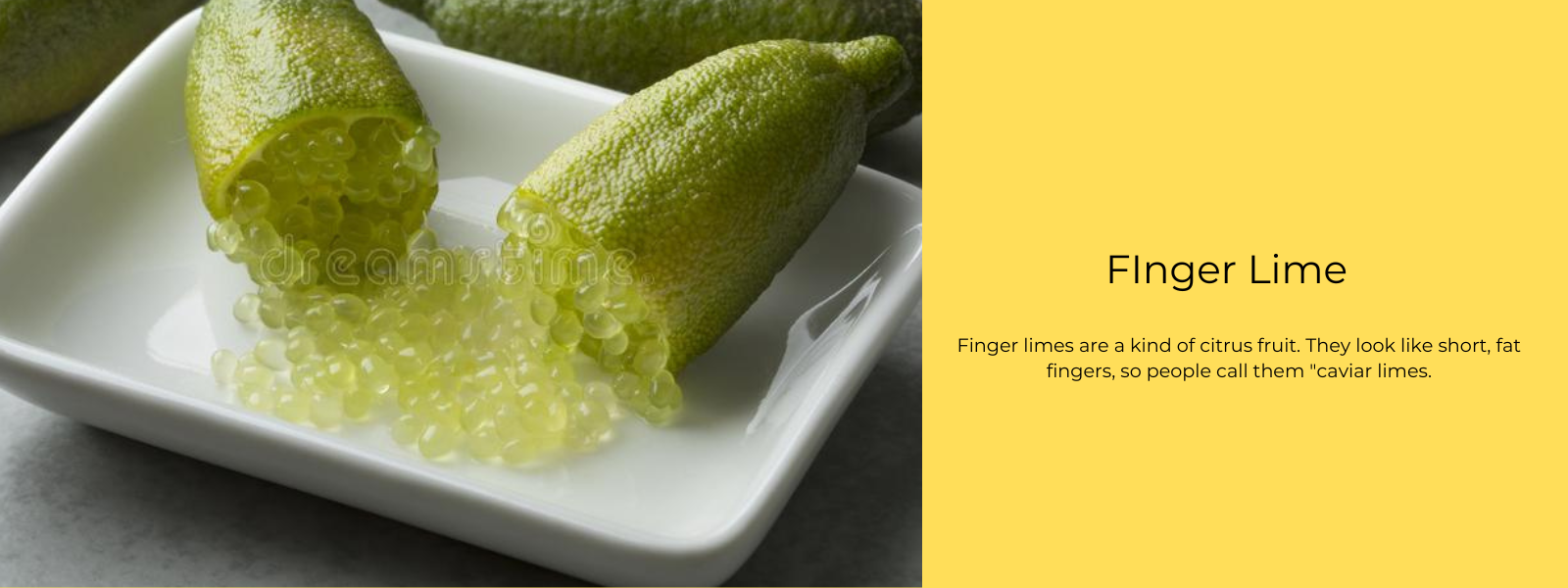
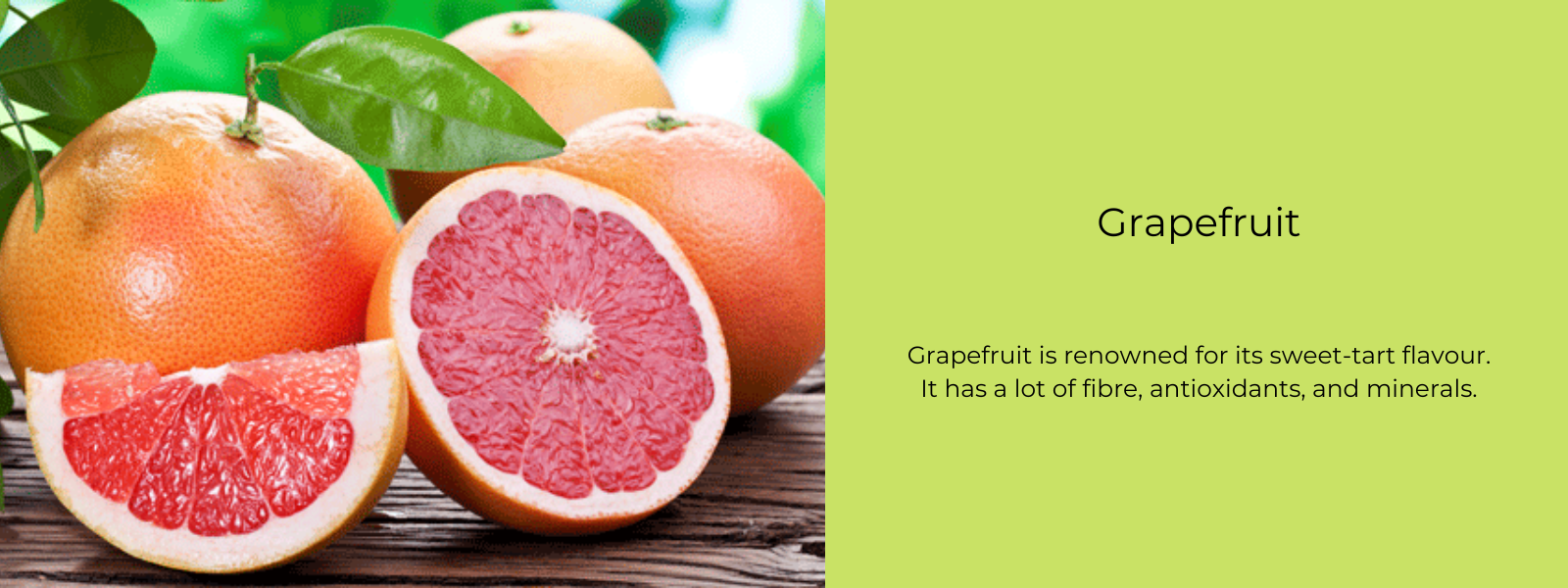
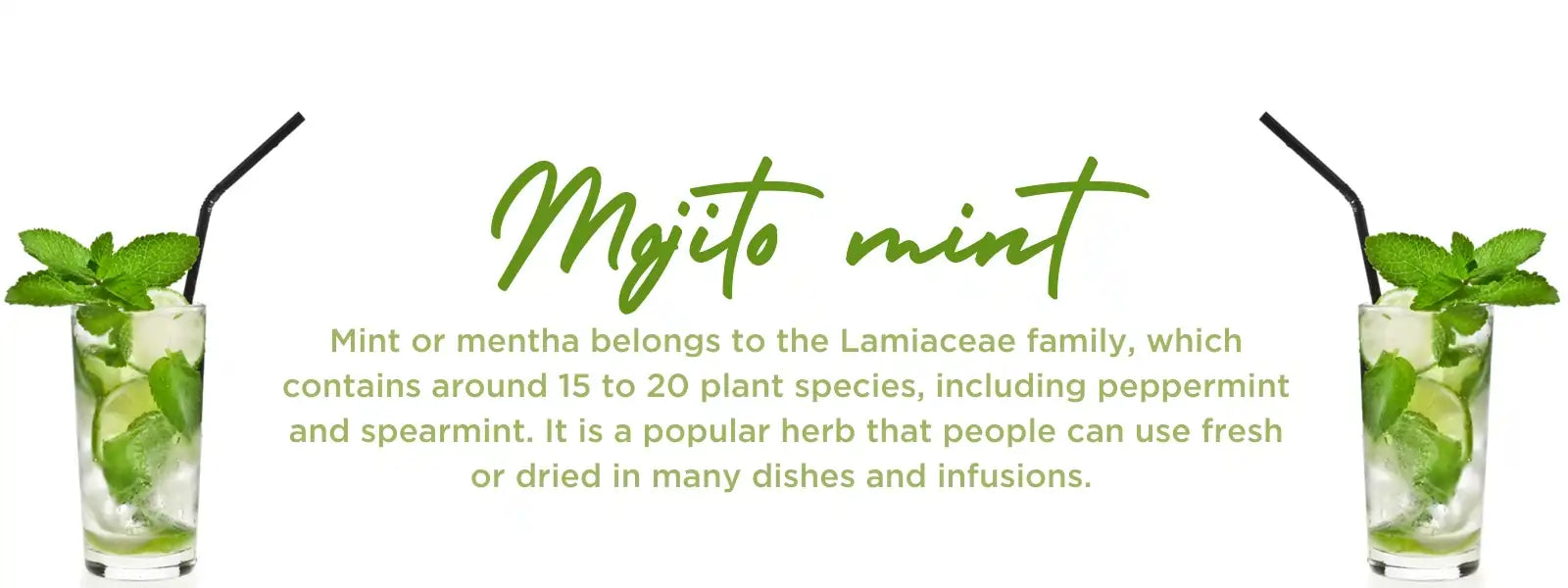
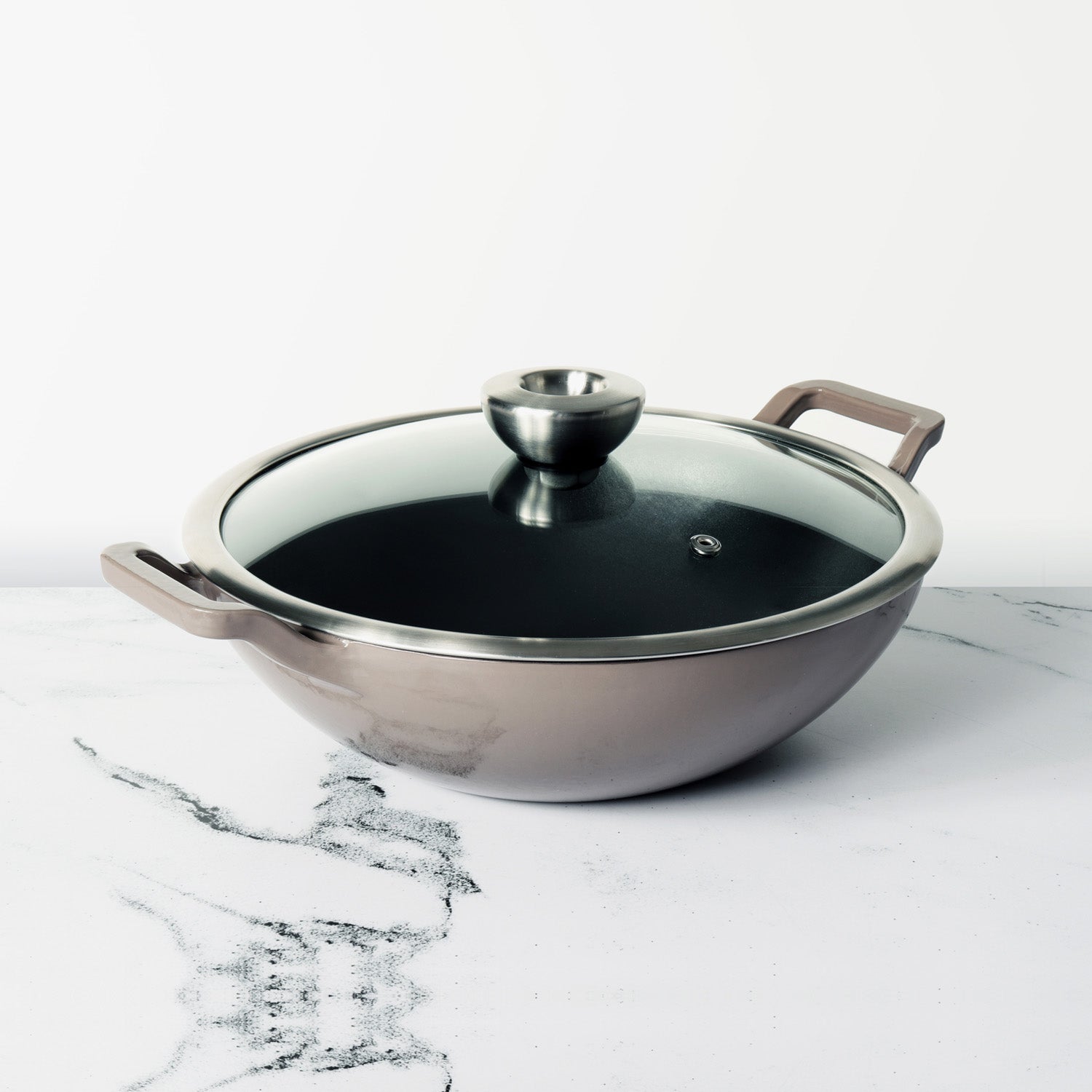
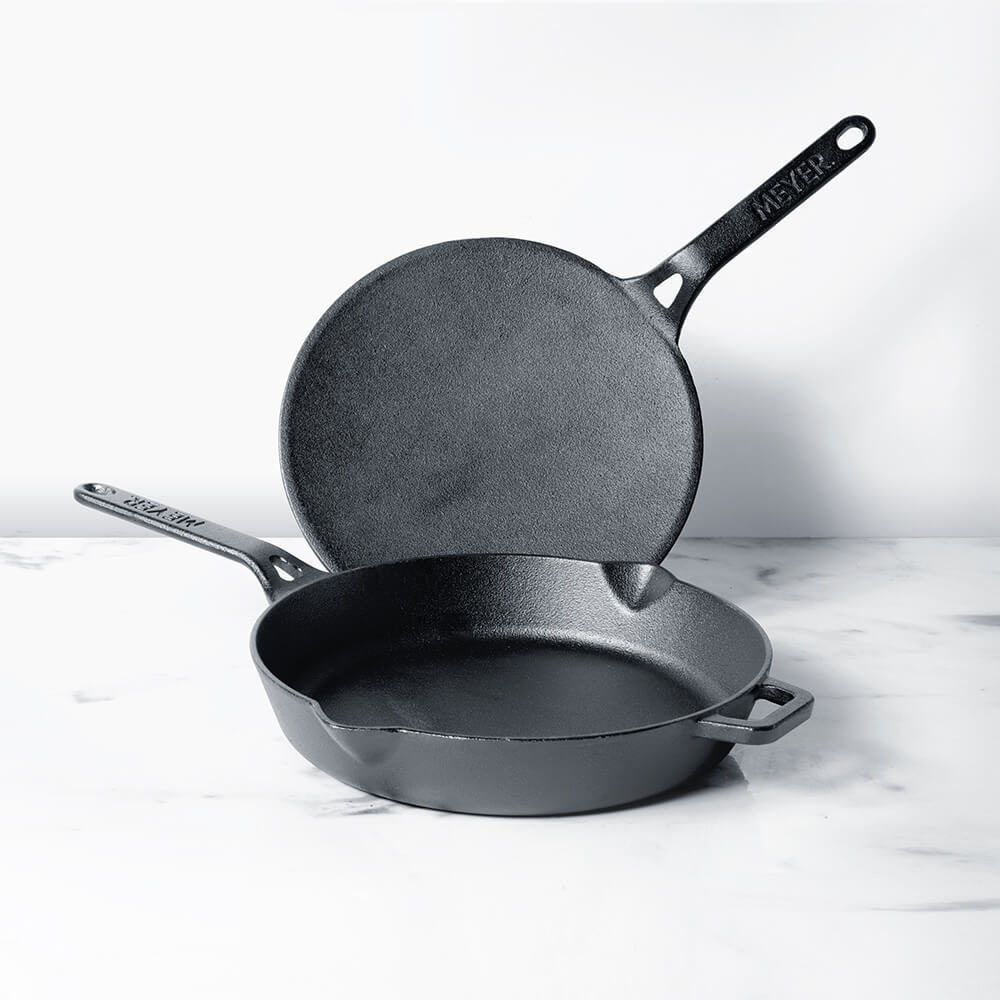




Leave a comment